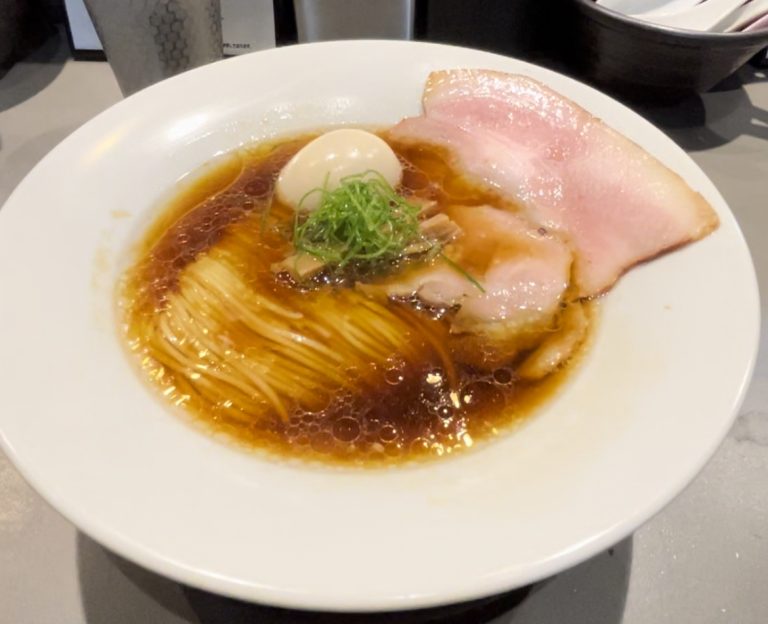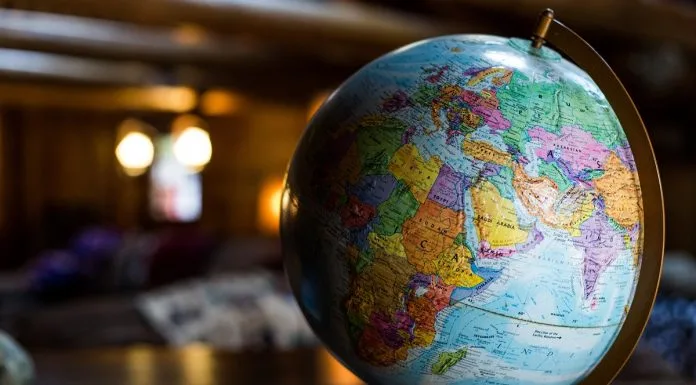Two incredible day trips from Tokyo
Visiting a country like Japan, you can easily get lost in the city lights of the bustling cities. In a metropolis like Tokyo, you can stay busy for months without getting bored. A world-leading rail network connects the city to many options for a great fun Tokyo day trip. These are our two favorite, and what to expect while you’re there.
1. Kamakura
Kamakura is a picturesque seaside town just south of Tokyo. It is primarily famous for being the home of the temple Kōtoku-in which is known as the home of the Great Buddha of Kamakura. The warm and bustling atmosphere makes it a perfect fun Tokyo day trip and a great way to escape the crowded streets of the city.
Of course, any cultural site in Japan will come with its swaths of tourists, both local and foreign, but that shouldn’t deter you from visiting. There are many shops to buy handcrafted items from local artisans and food stalls to try the local faire (let’s be serious, if you’re not trying something new in Japan everyday, you’re doing it wrong).
How to get there
The city of Kamakura itself is completely accessible by train from Tokyo. The ride takes about an hour on the Yokosuka line from Tokyo station or Shinagawa station. This train is a JR line, so if you are traveling with a JR pass a fun Tokyo day trip will not come at additional cost.
How to get around on a fun Tokyo day trip in Kamakura
Due to the small size of the city, Kamakura can be explored on foot if that is your preference. Speaking from experience, in hot or rainy weather use buses to get to the sites you’re hoping to see. There are two main tourist areas of the city which are about twenty minutes walk from each other.
Pro tip: Walking around in the Japanese summer can be brutal due to the heat and high humidity. If you’re walking around alot be sure to have water or some change you can use at the vending machines that are everywhere.
What to explore on a Fun Tokyo day trip to Kamakura
Komachi-dori

Komachi-dori is a vibrant pedestrian street lined with shops and restaurants. You can access the area from several places, but is about a 5 minute walk from Kamakura station. The walkable area in the street is about 350 meters, and is off-limits to civilian vehicles during the day. You’ll find anything from boutique fashion stores to souvenir shops, offering something for everyone.
You will find many staples of Japanese cuisine here, but Shirasu will be on menu’s consistently. Shirasu is a local delicacy which is basically young anchovies or sardines, boiled in salted water and lightly dried. It’s an acquired taste, but if you’re adventurous, it’s worth a try.
Tsurugaoka Hachimangu
Another 5 minute walk from Komachi-dori you’ll find the entrance to Tsurugaoka Hachimangu, an 11th century Shinto shrine. It’s one of the most popular sites in the area, and most important shinto shrine in Kamakura. It is located on a large complex of other smaller shrines and is a great place to spend an hour or so exploring.
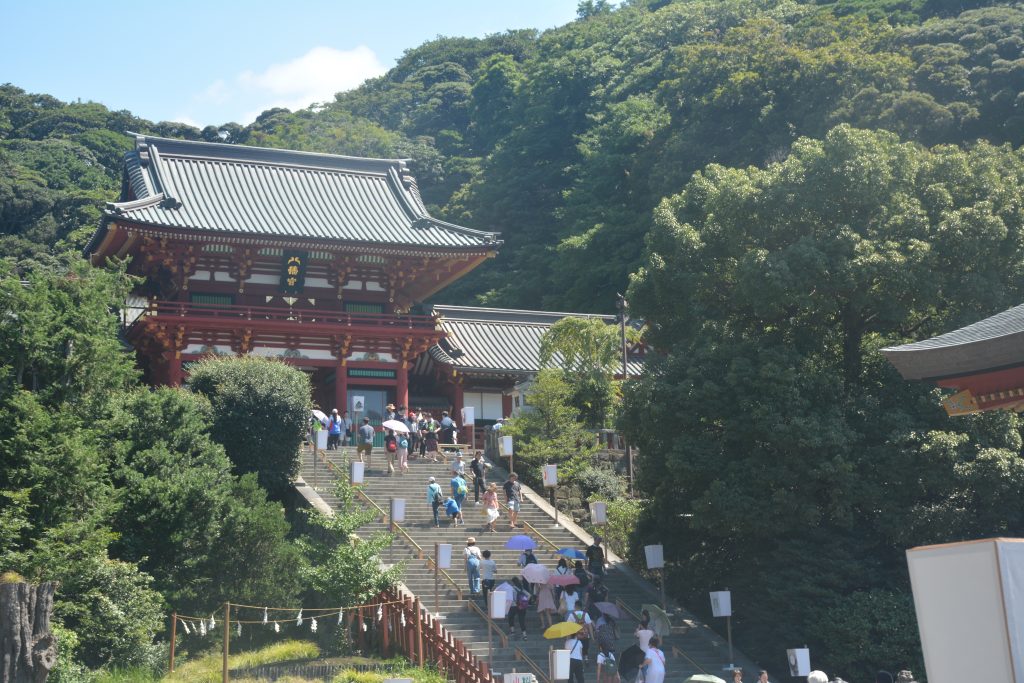
The shrine is known for being the place where shogun Minamoto no Sanetomo, was assassinated by his nephew in 1219. Conflicting reports state that the killer hid behind a giant ginko tree waiting for his uncle to emerge. However, this is speculated to be a creation of the Edo-period historians some 400 years later. The ginko tree in the story stood on those grounds for over 1000 years before being unrooted by a storm in 2010.
Hokoku-Ji
Hokoku-ji is a beautiful temple about a 20 minute walk from Tsurugaoka Hachimangu. The walk itself is through residential areas so if you’re not looking to waste time, take a bus or cab which will get you there quickly. Hokoku-Ji Temple is famous for its bamboo garden, peaceful grounds and is definitely worth a visit. Nestled between the bamboo grove is a small tea shop where you can enjoy a wonderful Matcha and sit among the trees and get an idea why it was such an important location in Buddhist Japan.
Starbucks (yes, we’re being serious)
Be sure to stop by the Starbucks in Onarimachi to check out the special ambiance it has to offer. The building, which used to be the primary residence of anime artist Ryuichi Yokoyama, features high ceilings and a beautiful garden complete with a pool and a beautiful cherry blossom tree. It’s certainly a departure from the cultural sites of Kamakura, but a fun spot to take a break and take a few pictures.
Kotoku-in and the Great Buddha
Kotoku-in temple is Kamakura’s biggest draw and one of the most iconic sites in all of Japan. Here is where you will find the Great Buddha of Kamakura (Kamakura Daibutsu). While this can be a bit jarring on a busy day, the grounds are beautiful, and there are some shops on the grounds that sell incense and miniature buddha statues which are nice keepsakes. The Buddha statue is hollow and you can actually walk inside!

The statue weighs 103 tons, and has been standing in place since 1252. It braves the elements all year round, but this has not always been the case. Several structures have served as shelter for the statue since its construction, the last of which was destroyed in 1498 as the result of an earth quake. Since then the statue has stood in the open air.
Hasedera
You can walk to Hasedera from Kotoku-in in about 12 minutes. It’s one of the more scenic spots for a photo op in Kamakura. A short walk through the beautifully manicured greenery lined with hundreds of tiny statues, you will find a peaceful atmosphere with a temple and an amazing view of Sagami Bay. Even on a hot day, this is a rewarding hike for a great view.
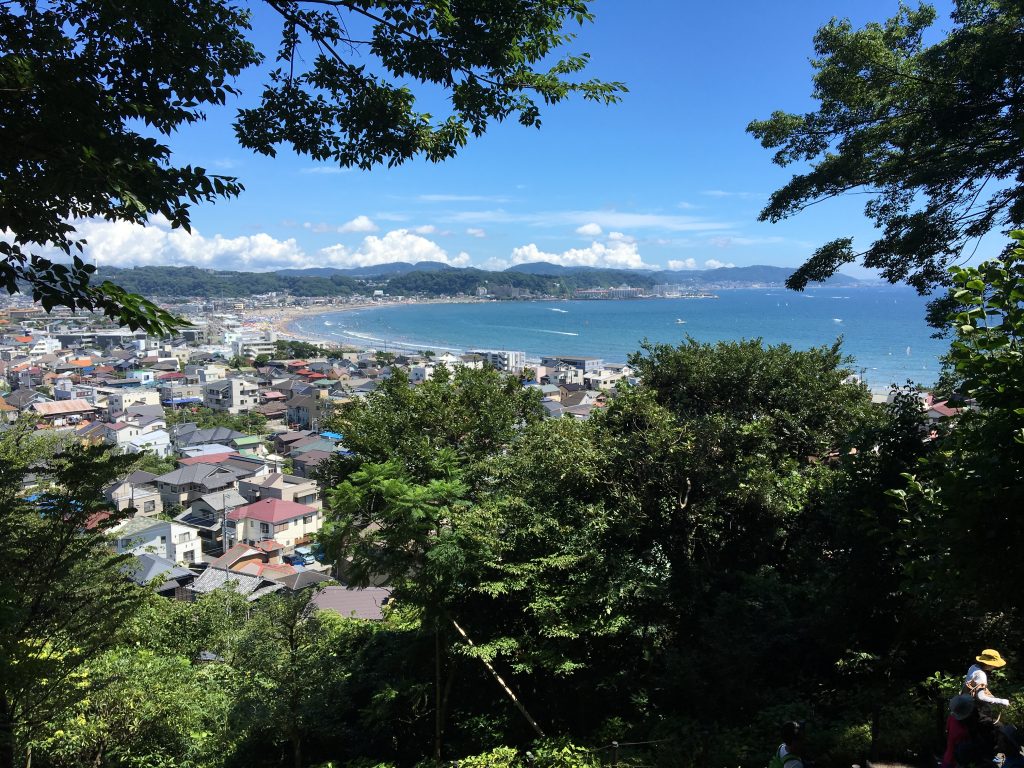
You won’t need more than an hour at any of these sites. Kamakura is a massively important cultural location in the country as it was the political center of medieval Japan. There are many more temples, shrines museums and other historical sites that are worth your time, so have fun exploring and tell us what we missed!
2. Nikko
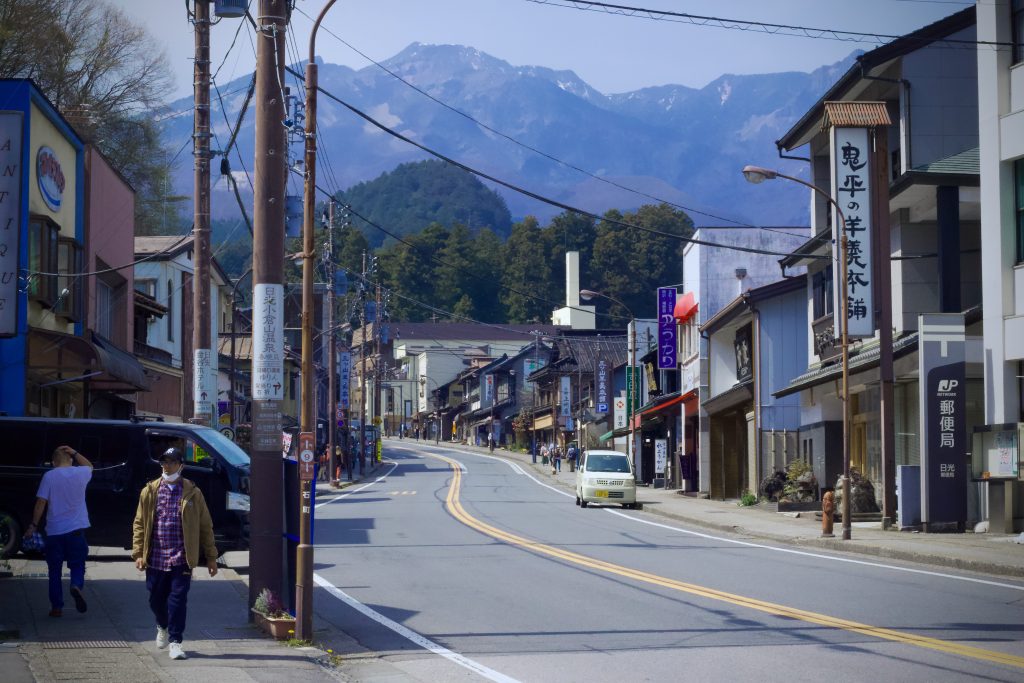
How to get there
Nikko is 1 hour and 40 minute from Tokyo via the JR Tohoku Shinkansen from Tokyo Station. While this is a longer journey that Kamakura, it is still an ideal fun Tokyo day trip. It requires a quick transfer at Utsunomiya Station to the Nikko line. The JR pass includes both the Shinkansen and local Nikko line. It will not require additional cost if you’ve elected to carry the pass.
Click Here to learn about how and why you should consider buying the JR pass for your trip
Nikko station is the final stop on the Nikko line so find a seat and relax. The city is known for its national park, beautiful temples and shrines, an iconic red foot bridge, and as a destination for onsen resorts.
How to get around Nikko on a fun Tokyo day trip
Compared to Kamakura, Nikko is quite small and many of the historical sites are close together. This is one of the reasons it is idea for a fun Tokyo day trip. You can explore the city on foot easily, but there are city buses which are convenient for accessing the national park. Most of the shops and restaurants are located on the main street which leads to the entrance to the park. It is a bit of an up hill walk, but definitely worth it if you’re able and like to experience the ambience of the local culture.
If it’s a hot day or if you’d rather save your energy for exploring the many shrines and temples within the park, the bus is the way to go! You will find the busses in the town square which is near Tobu-Nikko Station. Google maps is also going to be your friend here!
Pro Tip: There are two stations close to one another, Nikko Station and Tobu-Nikko Station. Nikko Station is where you will arrive if you take the route mentioned above, and the Tobu-Nikko line will arrive at Tobu-Nikko Station. Be sure and remember where you came in on your trip back!
Exploring the Area
Stop for the best snack you’ve ever had
Before you hop on the bus, or leave the area by the train station, you MUST make a quick stop at a food stall across the street from Tobu-Nikko station called Sakaeya. They make a traditional favorite in Nikko called Yuba Manju. Yuba Manju is a deep fried flaky pastry with sweet red bean paste wrapped in Yuba, battered, and sprinkled with the most delicious salt one could imagine. Oh. My. God. I wasn’t previously a fan of red bean paste or Tofu but this was one of the best food items we ate our entire time in the country, and we ate a lot of food. My mouth is watering just thinking about it. We went back for seconds and made another stop before catching the train back to Tokyo.
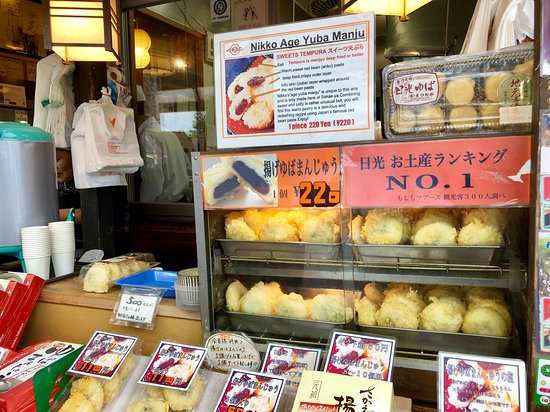
Temples and Shrines
The bus brings you to a complex of shrines and temples that make up the Nikko UNESCO world heritage site. Here you can explore all of the major sites including Rinnoji Temple, Toshogu Shrine, and FutaraSan Jinja Shrine. This is a huge complex of shrines and temples great for photographers and those who just want to experience the sites. There is a small tea shop within the Jinja Shrine. They make Matcha with water from the fountain and is one of the most serene parts of the grounds.
Kegon Falls
Nikko is a mountain town, well known for its hiking trails and specifically its many water falls. A true experience seeing the falls and hiking around the national park probably requires more than a day in the city, but Kegon falls is accessible via public transportation. It takes about 50 minutes from Tobu-Nikko station and has an observation deck as well as a cable car experience. We weren’t able to fit this into our trip, but if you plan around this being your main attraction in Nikko, it is certainly attainable.
Shinkyo bridge
Once you’re ready to start venturing back towards the train station, you’ll come across the Shinkyo bridge again. You can either pay a small fee to walk across the famous bridge or you can admire the view from a distance. Its an iconic piece of Nikko’s culture and although its proximity to a busy street leaves something to be desired, its still worth a photo op.
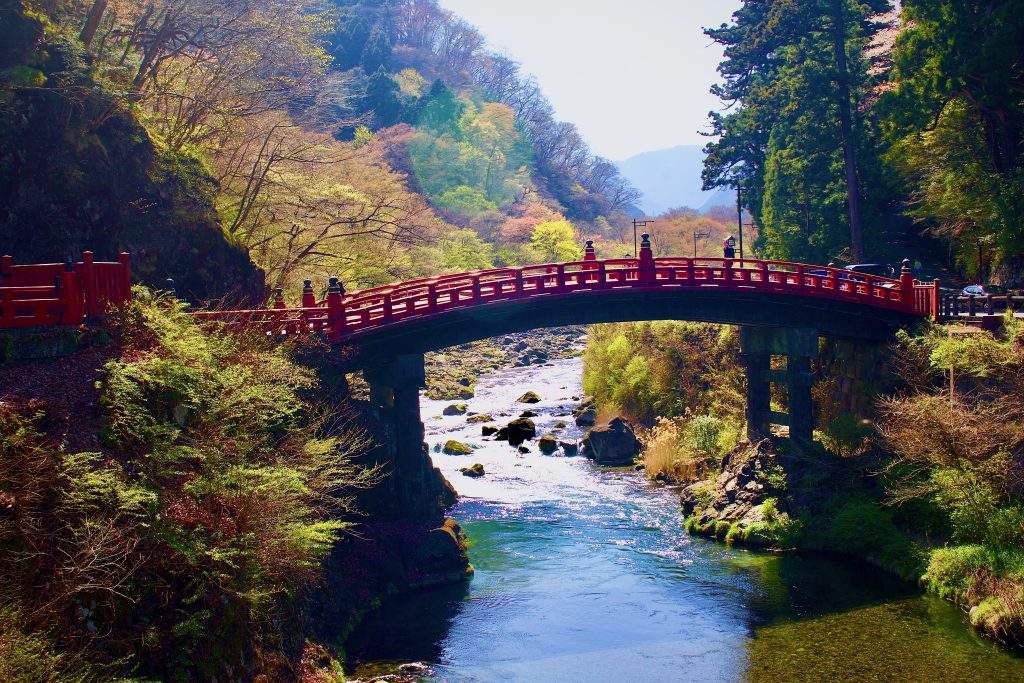
The bridge is located at a T intersection where the main drag from the train stations meets a cross street that leads to many of the areas onsen, temples and shrines. Directly across the intersection is a large staircase that leads to a second entrance of the complex of shrines and temples. It’s a nice walk on a day with good weather if you’re up for a little exercise.
Stroll down the main drag
After passing by the bridge, you should take the opportunity to walk down the main street which is lined with dozens of shops, cafes, and restaurants to explore. There are local artisans who make handcrafted pottery, chopsticks, clothing and other souvenirs. We stopped twice on our way back, once to sit outside for beer and some yakitori, and once more for a coffee and dango. We also stopped into a shop and purchased some gifts for family back home. If you have the opportunity, stop into Watahan, a well known Japanese confectionary for some traditional Yokan, it also makes for great gifts.
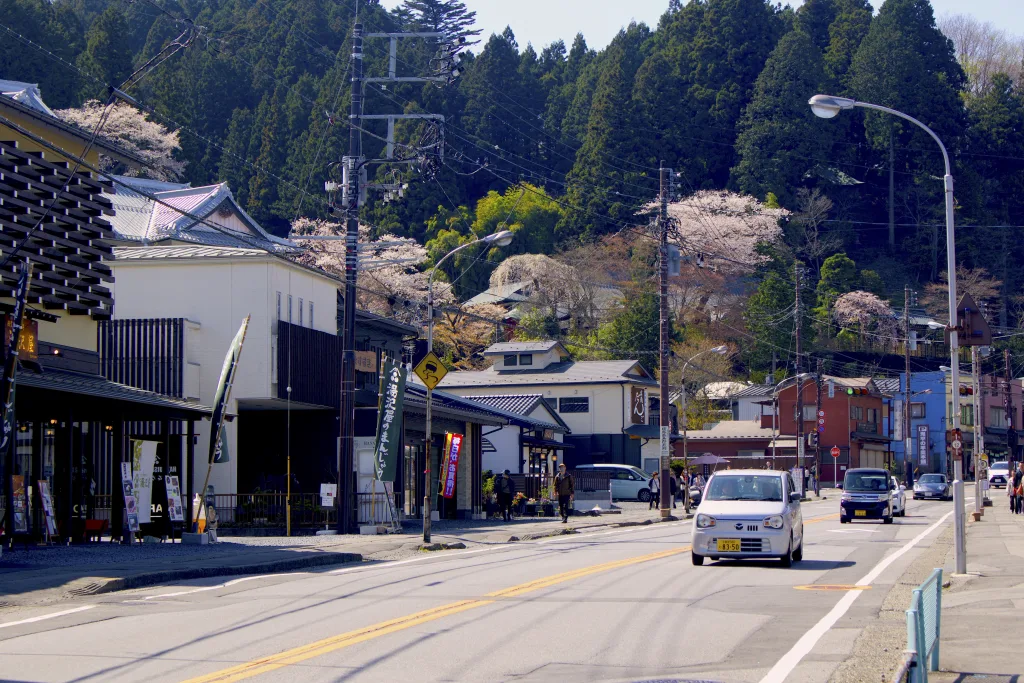
Sake Brewery Tasting and Tour
If you have some extra time in the area, we’d also recommend a sake tour and tasting at Kayayama Shuzo. They offer free brewery tours, and english tours are available if requested in advance – although there is no cost, reservations are required. The brewery is not actually located in the same area as the rest of the items on our list, but it still makes for a great stop if you have some extra time on your way back to Tokyo. Located a short walk from Imaichi station, just one stop away from Nikko, this can be a great way to get comfortable for your train ride back.
Japan is a country full of rich history, culture and incredible experiences. Kamakura and Nikko are two unforgettable cities with much to offer. From cuisine to shopping to beautiful architecture that has stood for hundreds of years, these are places you won’t regret visiting.
As aways, we’d love to hear your thoughts, and let us know what your favorite fun Tokyo day trips from Tokyo are!


